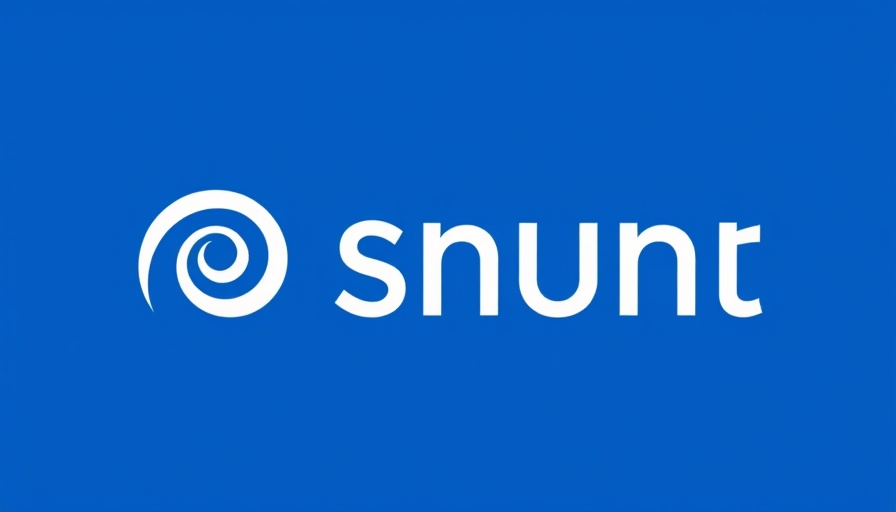
Understanding Workplace Friction: A Key to Performance Management
In the ever-evolving landscape of human resources, performance management is emerging as a pivotal strategy to mitigate workplace friction that negatively impacts productivity. According to a recent report from Dayforce, simplifying processes and focusing on reducing friction can lead to significant improvements in employee performance. This insight is increasingly relevant as organizations grapple with the challenges posed by remote work and digital transformation.
The Rising Concern of Manager Disengagement
Recent studies, including Gallup’s 2025 State of the Workforce Report, highlight alarming trends within leadership roles, revealing that a significant portion of managers feel disengaged—a state that can hamper overall organizational effectiveness. For HR leaders, understanding this disconnect is crucial. The report suggests that a lack of adequate training could be at the heart of this issue, indicating a clear opportunity for targeted talent development initiatives.
Why Addressing Job Satisfaction is Crucial
Furthermore, the issue of job satisfaction is intertwined with performance management. According to findings from the 2025 Global Talent Barometer by ManpowerGroup, organizations need to focus on enhancing employee engagement strategies. The need for a people-focused technology stack that includes robust recruiting software and assessment tools has never been greater. These tools not only streamline the hiring process but also help in identifying candidates who align with the company culture, thus fostering a more engaged workforce.
The Role of Technology in Performance Management
As technological advancements continue to reshape HR practices, the integration of AI recruiting software and people analytics stands out as a significant trend. These innovations enable organizations not just to track performance but to analyze it systematically, offering data that can lead to informed, strategic decisions regarding workforce management. Responding to employee needs through agile technology solutions is becoming vital in ensuring high performance within teams.
Looking Ahead: Strategic Adaptations Required
Going forward, HR leaders must adapt by embracing flexibility in their management strategies. This is especially true in challenging economic conditions, as highlighted by recent findings from IWG on hybrid work becoming a strategic necessity. By fostering an environment that prioritizes performance enhancement through streamlined processes and tools, organizations can not only survive but thrive in the current marketplace.
In conclusion, understanding and optimizing performance management in light of workplace friction, employee satisfaction, and technology adoption is crucial for contemporary HR leaders. By focusing on these areas, organizations can improve productivity and create an atmosphere that values engagement.
Stay ahead of the curve and explore how innovative HR technology can transform your hiring process. Utilizing cutting-edge assessment tools and understanding the value of people analytics will empower your team to achieve unprecedented performance levels.
 Add Row
Add Row  Add
Add 




Write A Comment